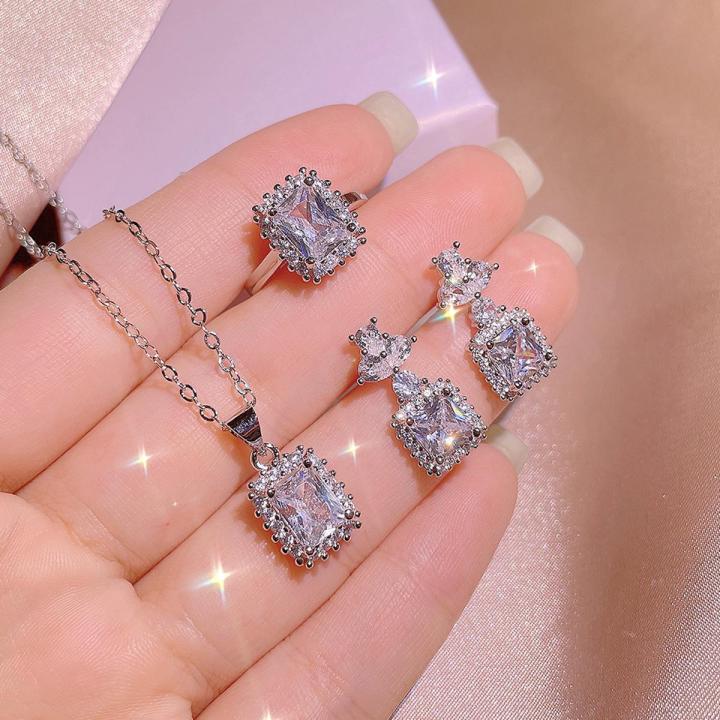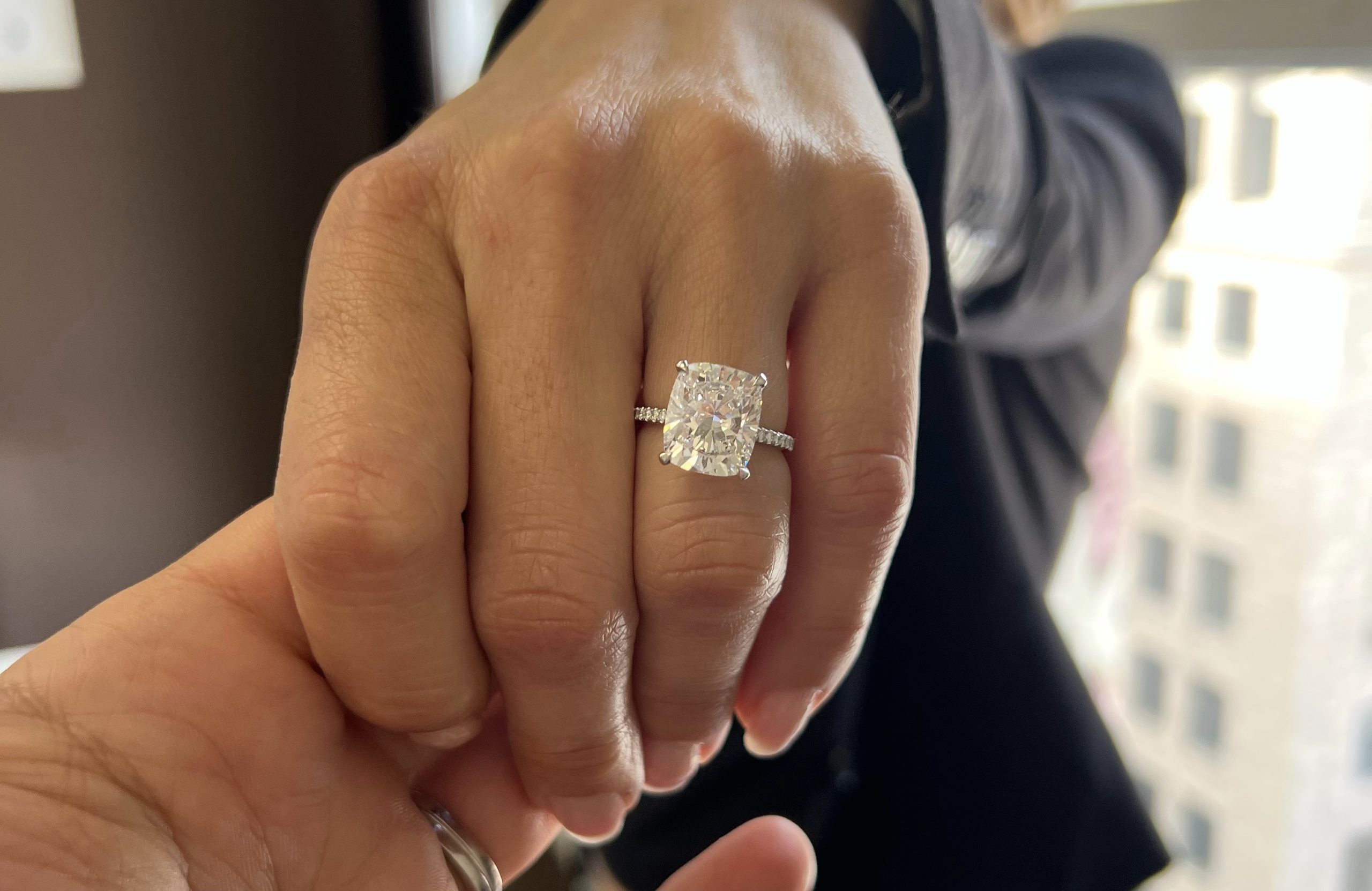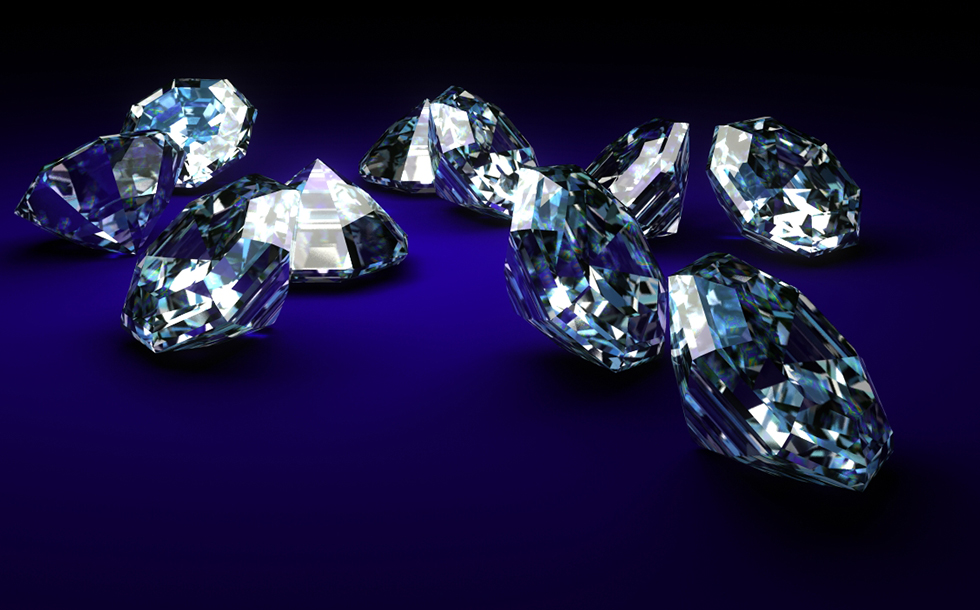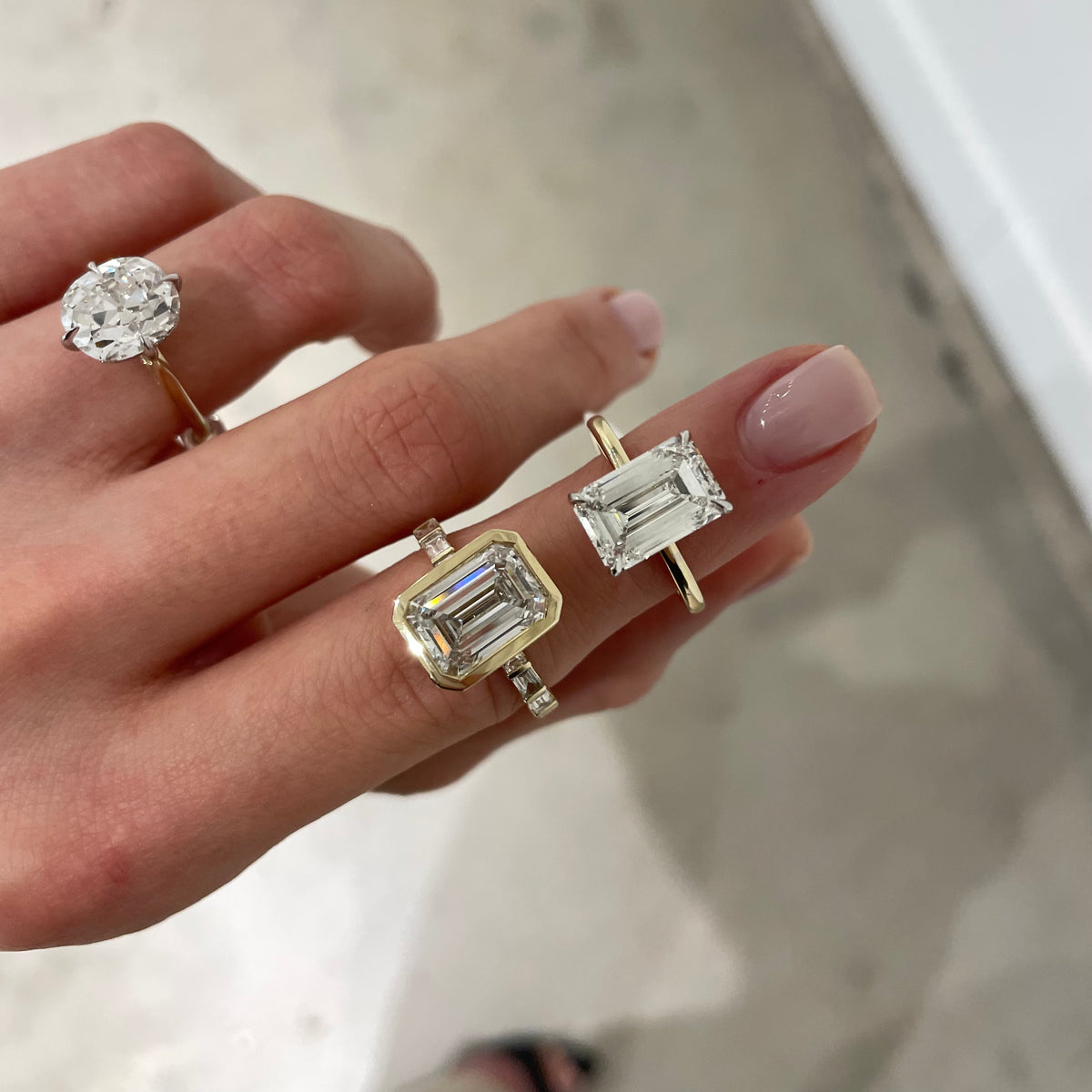Global jewellery retailers are undergoing a significant transformation, adjusting their strategies to capitalise on the growing popularity towards choosing to buy lab-grown diamonds. Once the uncontested centrepiece of diamond engagement rings and bridal jewellery, natural diamonds began facing competition around 2015, when lab-grown diamonds started gaining traction. This shift wasn’t just about affordability—though lab-grown diamonds are far less expensive—but also about the quality and range of choices available to consumers.
Retailers quick to adapt reaped substantial benefits. Early adopters reduced their reliance on natural diamond inventories and pivoted to lab-grown diamonds, enjoying profit margins of up to 65% over cost. This strategic move spurred a dual effect: declining prices for both natural and lab-grown diamonds. Natural diamond prices dropped due to reduced demand, while lab-grown diamond prices fell because of overstocking and intense competition among retailers eager to maintain their profit margins before the market stabilised. Retailers that resisted this shift found themselves struggling with lower sales, many of which have yet to recover fully.
However, not everyone believes the trend will persist indefinitely. Some retailers remaining loyal to natural diamonds argue that the perceived “cheapness” of lab-grown stones may ultimately devalue their appeal. Yet, wholesalers of lab-grown diamonds are confident that Millennials and Gen Z consumers are unlikely to revert to natural diamonds. These younger buyers value affordability and opt for larger stones, such as 2 or 3-carat diamonds, which provide a dazzling sparkle at a fraction of the cost of their natural counterparts. For most consumers, lab-grown and natural diamonds appear indistinguishable without specialised equipment—a fact retailers have capitalised on.
The rivalry between natural and lab-grown diamonds is far from resolved. For natural diamonds, the declining value has shaken investor confidence, while fierce competition among lab-grown diamond manufacturers has triggered a price war, further lowering synthetic prices. The ongoing disruption has created instability across the diamond supply chain, from mining to retail, with many industry players predicting years of turbulence before any balance is achieved.
Despite the challenges facing both sides, the real winners in this battle are today’s consumers. With prices dropping across the board, buyers now have greater access to diamonds, whether lab-grown or natural, that are nearly identical in every measurable way. As the industry continues to evolve, the competition between these two diamond spheres ensures that consumers will enjoy more choice and value than ever before.









